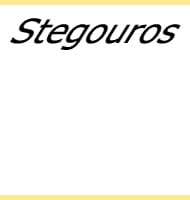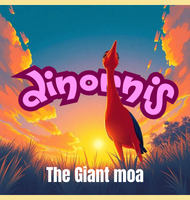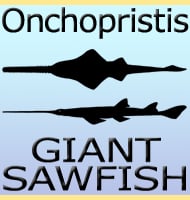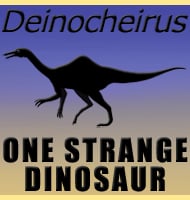In Depth
It could be said that Jobaria is a sauropod that doesn’t know what it is due to a mix of different traits. The vertebrae of Jobaria are very simple in form which has led to some suggestion that Jobaria is a primitive sauropod. Study of other areas however has led to speculation that Jobaria may actually be a primitive macronarian (sauropods that were built tall rather than long, such as Camarasaurus and Brachiosaurus). A study by Paul Sereno regarding the circumferences of the humerus (upper forelimb bone) and femur (upper rear limb bone) led to the conclusion that the centre of gravity for Jobaria was nearer the rear legs, something that has gone onto to speculation about Jobaria being able to rear up its hind legs so that it could reach higher vegetation.
At eighteen meters long Jobaria was a big dinosaur, but one that lived in the same area as the predator Afrovenator. This relative of Megalosaurus is noted for having proportionately longer arms that may have helped it to grab on to large prey like Jobaria as it delivered bites with its jaws. Juvenile and subadult individuals would have been particularly at risk from this predator.
Further Reading
– Cretaceous sauropods from the Sahara and the uneven rate of skeletal evolution among dinosaurs. – Science 286:1342-1347. – P. C. Sereno, A. L. Beck, D. B. Dutheil, H. C. E. Larsson, G. H. Lyon, B. Moussa, R. W. Sadleir, C. A. Sidor, D. J. Varricchio, G. P. Wilson, and J. A. Wilson. – 1999.










